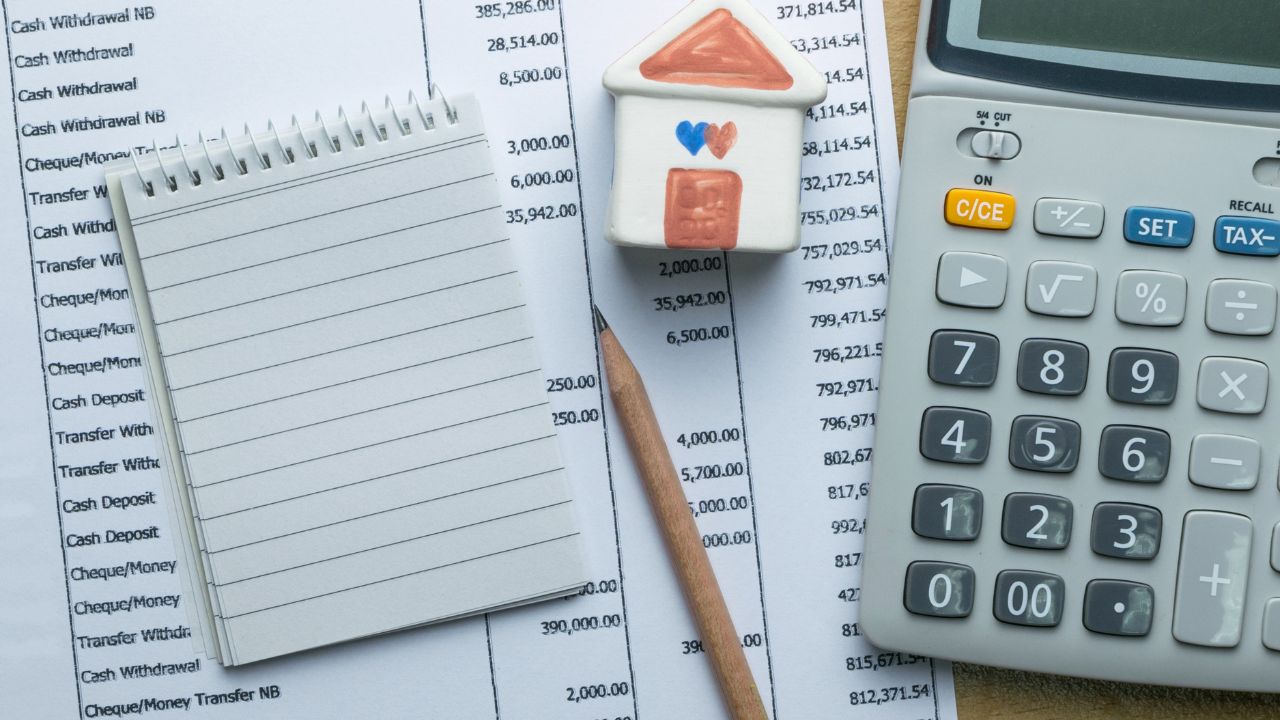Money is one of the most common sources of stress in people’s lives. Whether it’s rising expenses, unexpected bills, or the challenge of saving for the future, financial uncertainty can feel overwhelming. Yet, one of the most effective tools for gaining control over your finances is also one of the simplest: a monthly budget.
A budget is not about restriction, it’s about awareness and direction. It tells your money where to go instead of wondering where it went. With a clear monthly plan, you can manage expenses, avoid debt traps, and start building savings.
The problem is that many people overcomplicate budgeting with dozens of categories, complicated spreadsheets, or apps they abandon after a few weeks. The good news? A budget doesn’t need to be complex to work. In fact, the most successful budgets are often the simplest.
This article will walk you through how to create a practical monthly budget that fits your lifestyle and actually works in real life.
Why You Need a Budget
Control Over Spending
Without a budget, small expenses slip through unnoticed—subscriptions, takeaways, or impulse buys. Over time, they add up significantly.
Stress Reduction
Knowing exactly what’s coming in and going out reduces anxiety about whether you can cover bills or emergencies.
Goal Achievement
Whether saving for a holiday, paying off debt, or buying a house, a budget helps allocate money toward those goals consistently.
Financial Security
A budget builds discipline. Over time, it creates a cushion of savings that protects you from unexpected expenses.
Step 1: Calculate Your Income
Your budget begins with income. Be realistic and use net income (take-home pay after taxes).
- Salary or wages
- Freelance or side gig income
- Passive income (rent, dividends, royalties)
- Government benefits or stipends
Tip: If your income varies, use your lowest average monthly amount to avoid shortfalls.
Step 2: Track and Categorise Your Expenses
Before planning, you need to know where your money currently goes. Review the past 2–3 months of bank and card statements. Group spending into categories such as:
- Fixed expenses: Rent/mortgage, utilities, insurance, transport, debt repayments.
- Variable expenses: Groceries, fuel, dining out, entertainment.
- Savings & investments: Emergency fund, retirement, investments.
- Discretionary spending: Shopping, subscriptions, hobbies.
Tip: Many apps like Mint, YNAB, or even bank apps can categorise spending automatically.
Step 3: Choose a Simple Budgeting Method
There’s no “one-size-fits-all.” Pick a method you can stick to:
The 50/30/20 Rule
- 50%: Needs (housing, utilities, transport, groceries).
- 30%: Wants (entertainment, dining, shopping).
- 20%: Savings & debt repayment.
Best for: Beginners who want a balanced approach.
The Zero-Based Budget
Every dollar is assigned a purpose until nothing is left unallocated.
Income – Expenses = Zero.
Best for: People who want maximum control and accountability.
The Pay Yourself First Method
Savings come off the top before any spending. What’s left is for expenses.
Best for: Those focused on building savings fast.
Step 4: Build Your Monthly Budget
Now put it together:
- Write down income (net).
- Deduct fixed expenses first.
- Allocate variable spending based on realistic past habits.
- Assign at least 10–20% to savings (adjust as you go).
- Leave a “miscellaneous” buffer for unexpected costs.
Example Budget on ₹50,000 Net Income:
- Rent & Utilities: ₹15,000
- Groceries: ₹8,000
- Transport: ₹5,000
- Entertainment: ₹4,000
- Savings & Emergency Fund: ₹10,000
- Miscellaneous: ₹3,000
- Total: ₹50,000
Step 5: Monitor and Adjust
Budgets are not set in stone. Track spending weekly or monthly:
- Use a notebook, spreadsheet, or budgeting app.
- Adjust categories when necessary (e.g., if groceries cost more than expected).
- Review progress toward goals monthly.
Tip: Don’t abandon your budget if you overspend one month—use it as feedback to improve.
Common Budgeting Mistakes to Avoid
- Being too strict: Overly tight budgets are unsustainable.
- Forgetting irregular expenses: Annual fees, car servicing, gifts—set aside money monthly.
- Not reviewing regularly: A budget must evolve with income and lifestyle changes.
- Ignoring small leaks: Subscription services, daily coffees—tiny leaks sink ships.
Tools to Help You Budget in 2025
- Apps: Mint, YNAB (You Need a Budget), Goodbudget, Walnut (India).
- Spreadsheets: Custom Excel or Google Sheets templates.
- Envelope System: Cash divided into envelopes for different expenses (still effective for overspenders).
How Budgeting Builds Wealth Over Time
- Month 1: Awareness of income vs. expenses.
- Month 3: Small savings build. Overspending reduced.
- Year 1: Emergency fund grows, debt decreases.
- Year 3–5: Consistent savings invested, leading to financial independence.
Budgeting is less about numbers and more about building healthy financial habits.
Frequently Asked Questions
Q: What if my income is irregular?
Base your budget on your lowest predictable income, and save extra during high-earning months.
Q: How much should I save monthly?
Aim for at least 20% of income. If that’s not possible, start smaller (5–10%) and increase gradually.
Q: Do I need budgeting apps?
Not necessarily. A notebook or spreadsheet works fine if you prefer simplicity.
Q: Should couples budget together?
Yes, if finances are shared. Joint budgets prevent conflicts and ensure transparency.
A monthly budget is not about limiting yourself; it’s about empowering yourself. With a simple plan, you can manage expenses, save consistently, and work toward financial goals with confidence.
The key is to start small, keep it realistic, and adjust as you go. Over time, budgeting becomes second nature—a tool that reduces stress, improves decision-making, and builds long-term financial security.
In 2025, with rising living costs and increasing financial responsibilities, the habit of budgeting isn’t optional—it’s essential. The earlier you start, the sooner you’ll feel in control of your money and your future.








Leave a Comment